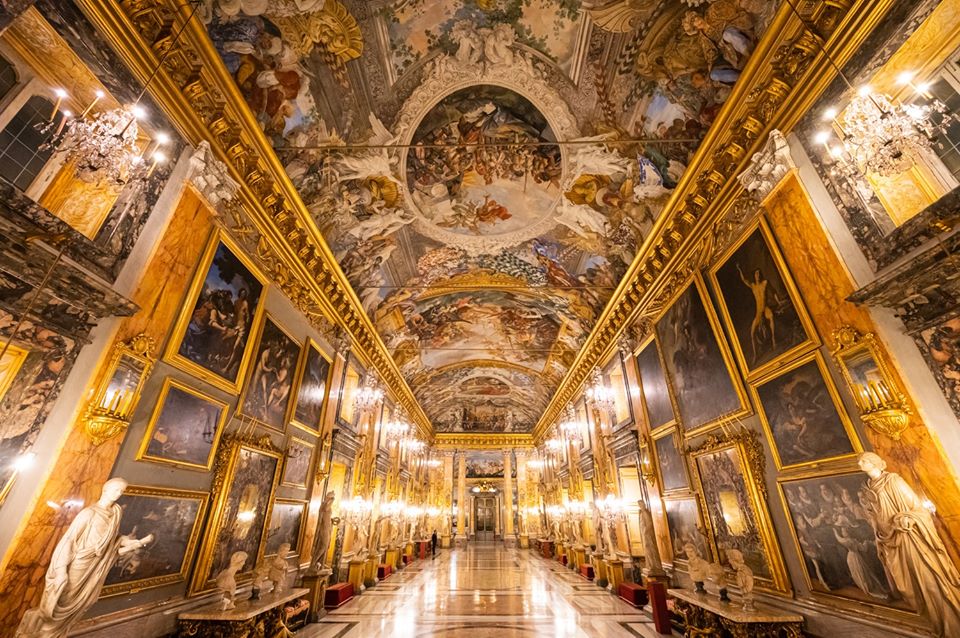What was Medieval Rome like? The birth of the first churches.
Initially Christians met in rooms created inside private houses, in an underground manner, until in 313 the Emperor Constantine authorized the construction of churches.
[caption id="attachment_120255" align="center-block" width="750"] Santa Prassede[/caption]
Santa Prassede[/caption]
Some of those "private churches", also located in the city centre, became public such as Santa Prisca, San Clemente and Santa Maria in Trastevere.
Meanwhile the new large basilicas were founded on the edge of the imperial city, San Pietro (Saint Peter), San Paolo (Saint Paul), San Giovanni (Saint John) and later Santa Maria Maggiore.
The first churches were built using marble, columns and capitals, found from abandoned imperial monuments, especially after 450 with the collapse of the Empire.
The large basilicas were then renovated several times between 1200 and 1750, in Romanesque, Renaissance and above all Baroque style.
To see the original characteristics of the first churches we must therefore visit the small, lesser known buildings.
[caption id="attachment_120252" align="center-block" width="750"] San Saba dell'Aventino[/caption]
San Saba dell'Aventino[/caption]
The churches of Rome that best preserved the characteristics of the early Middle Ages, built between the year 450 and 850, are San Saba all'Aventino, Santi Quattro Coronati, Santo Stefano Rotondo, Santa Costanza and Santa Prassede.
San Saba all'Aventino, dating back to the Constantinian era, has four naves, frescoes and a cosmatesque floor.
[caption id="attachment_120237" align="center-block" width="684"] Santi Quattro Coronati[/caption]
Santi Quattro Coronati[/caption]
The church of Santi Quattro Coronati is located between the Colosseum and San Giovanni and has the shape of a castle perched on the hill. Founded in the 4th century, it was modified with the portico and the tower under Leo IV (around 850).
It has three naves separated by columns taken from Roman buildings, with the women's galleries above. The beautiful side cloister followed, after 1200, as well as the cosmatesque floor.
Hidden in the middle of the houses of Rome, near Santa Maria Maggiore, is the Basilica of Santa Prassede. Already there` in 480, it was restored by the will of Pope San Pasquale I, in charge from the year 817 to 824.
It contains the most important Byzantine mosaics in Rome, the ones that the pope had built on the apse and in the chapel of San Zenone, the tomb for his mother Theodora.
In the basilica of Santa Prassede, where the sisters Prassede and Pudenziana are also buried, the pope had the remains of 2300 Christian martyrs transferred from the catacombs.
The floor is cosmatesque from the 1200s, the side frescoes from the end of the 500s.
Santa Costanza in via Nomentana derives from the transformation of the mausoleum of Constance, daughter of Constantine.
Santo Stefano Rotondo, very impressive like the others already mentioned, is a circular church located on the Celio and founded in 450.







Follow us